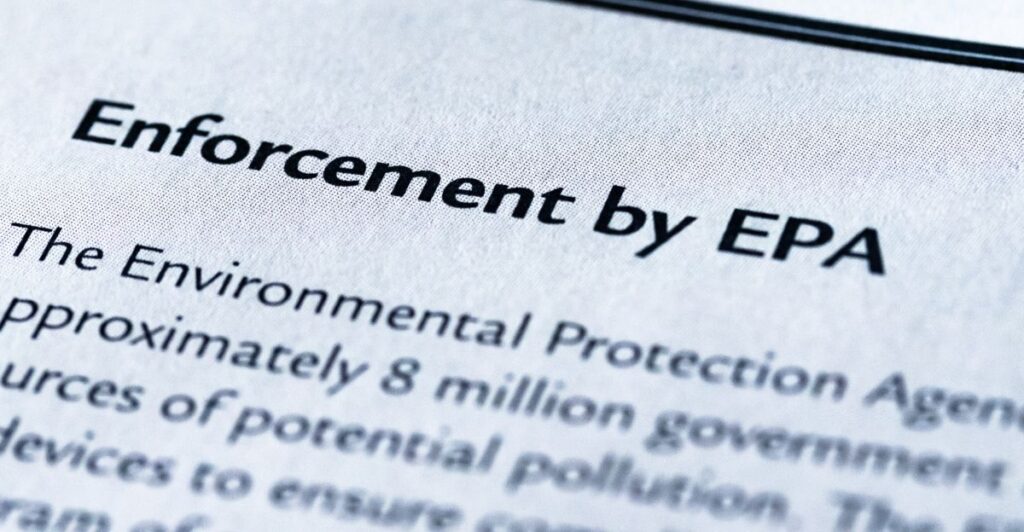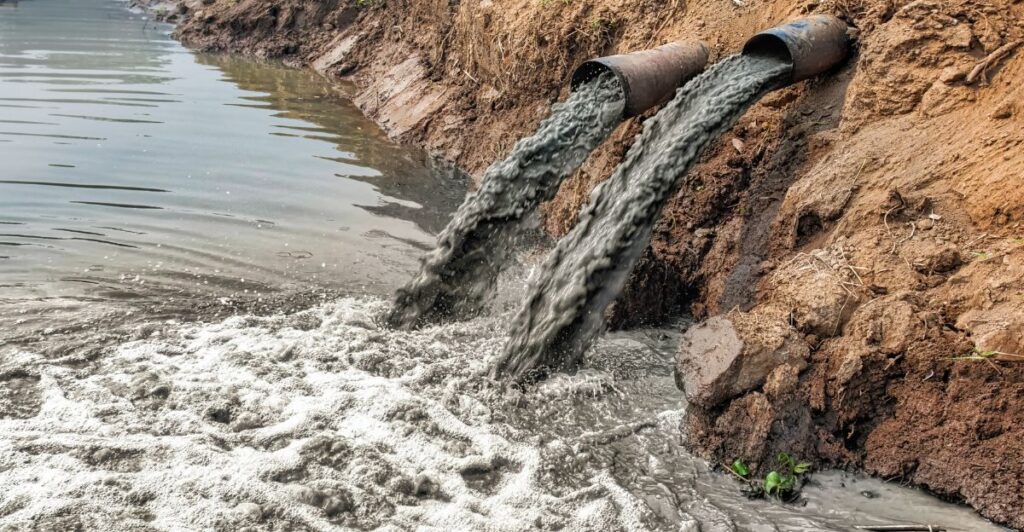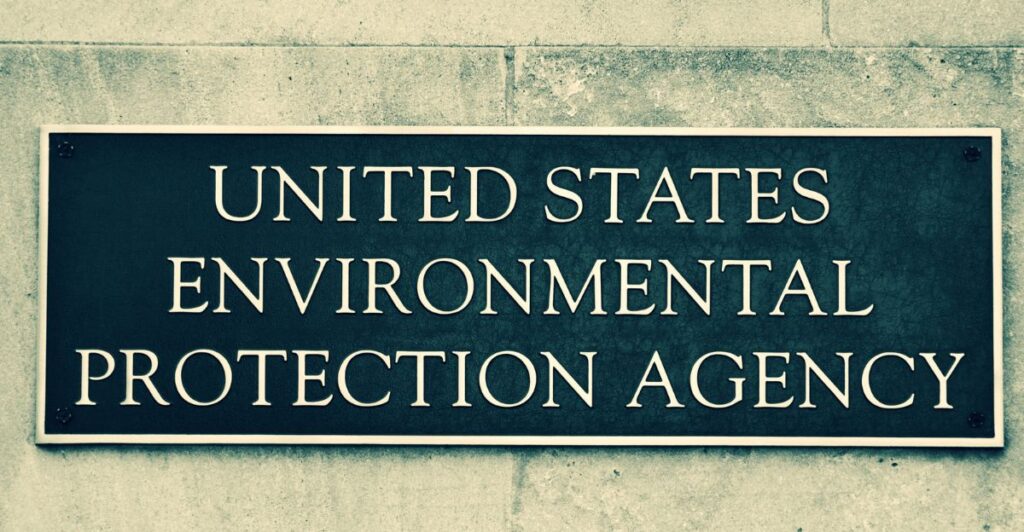
The Environmental Protection Agency (EPA) is embroiled in a major political and environmental controversy as the Trump administration’s plans to eliminate the Office of Research and Development (ORD). The proposal, which could lead to the dismissal of up to 1,155 scientists — including toxicologists, chemists, and biologists, has sparked criticism from lawmakers, environmental advocates, and scientists. The ORD plays a vital role in shaping policies to safeguard human health and ecosystems from pollution. Critics argue that dismantling this office undermines the agency’s statutory obligations and threatens public health in order to benefit polluting industries.
The Plan to Reduce EPA’s Staff

The new administration’s plan calls for a “reduction in force” strategy that seeks to cut the EPA’s workforce by as much as 75% within its research branch. Administrator Lee Zeldin has suggested cutting the agency’s budget by 65%, a move that would require drastic layoffs in the agency’s key functions, including air and water quality monitoring and toxic site cleanups.
Impact on EPA’s Mission

Critics warn that eliminating the ORD would significantly impair the EPA’s ability to carry out its mission of protecting human health and the environment. The office undertakes vital studies on matters such as air pollution, chemical exposure, and climate change. In the absence of this scientific foundation, regulatory decisions may lack rigor and accountability.
Pets are Sentinels of Chemical Exposure

Recent research highlights the alarming levels of industrial chemical contamination in household pets, challenging the assumption that they are safe from environmental pollutants. According to a study by the Environmental Working Group (EWG), dogs and cats carry significantly higher levels of these toxic chemicals in their bodies compared to humans. For example, dogs had 2.4 times higher levels of stain-proofing chemicals, and cats showed 23 times the amount of flame retardants than humans. These results indicated that pets are involuntary sentinels of home chemical exposure in shared environments due to behaviors like grooming and their proximity to household dust.
The Role of EPA Research on Addressing Pet Contamination

The U.S. Environmental Protection Agency’s (EPA) Office of Research and Development (ORD) has long played a key role in investigating the impact such pollutants can have on human and animal health. ORD research identifies the risks of exposure to toxic chemicals and supports the policies that reduce exposure. Dismantling this scientific body, as proposed by the new administration, could hinder efforts to address these pressing issues. This makes it increasingly difficult to identify and limit the harm that environmental pollutants can cause to pets—and, in turn, humans—without strong research on environmental contaminants.
Legal Concerns Raised by Lawmakers

Representative Zoe Lofgren of California has said dissolving the ORD would be illegal because it was created by a congressional statute. She stressed that the EPA has a legal obligation to use the “best available science” in policymaking— a requirement that would be unattainable without research conducted by ORD.
Industry Influence and Criticism

The proposal aligns with broader industry efforts to weaken regulator oversight. Industries have often targeted the ORD for its findings that support stricter regulations on pollutants. A bill introduced by Senator John Kennedy proposes to limit the EPA’s use of ORD research, further highlighting the tensions between scientific integrity and industrial interests.
ORD’s Role in Public Health Research

The ORD has played an important role in public health efforts, including tracking risks linked to “forever chemicals” in drinking water and examining the effects of wildfire smoke on human health. Its research also helps inform state agencies about how to prevent algae blooms and improve water treatment systems.
Environmentalists Weigh In

Environmental groups have criticized the move as reckless. Sarah Vogel of the Environmental Defense Fund said that dismantling ORD would lead to increased pollution, asthma attacks, cancer rates, and other health risks. Many critics believe this decision puts polluters ahead of the health of the people.
Reassignment of Remaining Staff

Under the proposed plan, the remaining ORD staff would be reassigned within the EPA to work with other program offices in alignment with the administration’s priorities. Critics argue that this restructuring undermines independent scientific research by subjecting it to political influence. The proposal is part of a larger trend within the Trump administration focused on eliminating federal scientific capacity. Similar efforts have been undertaken among other agencies, raising alarm over the erosion of evidence-based policymaking in government.
A Turning Point for Environmental Policy

The cancellation of ORD is poised to become a critical turning point for environmental policy in the United States. Supporters say it will make those functions more efficient, while critics contend it threatens to unravel necessary safeguards for public health and ecosystems. As this debate continues, the outcome of this decision will help shape future discourse about the role of science in governance.
Explore more of our trending stories and hit Follow to keep them coming to your feed!

Don’t miss out on more stories like this! Hit the Follow button at the top of this article to stay updated with the latest news. Share your thoughts in the comments—we’d love to hear from you!







